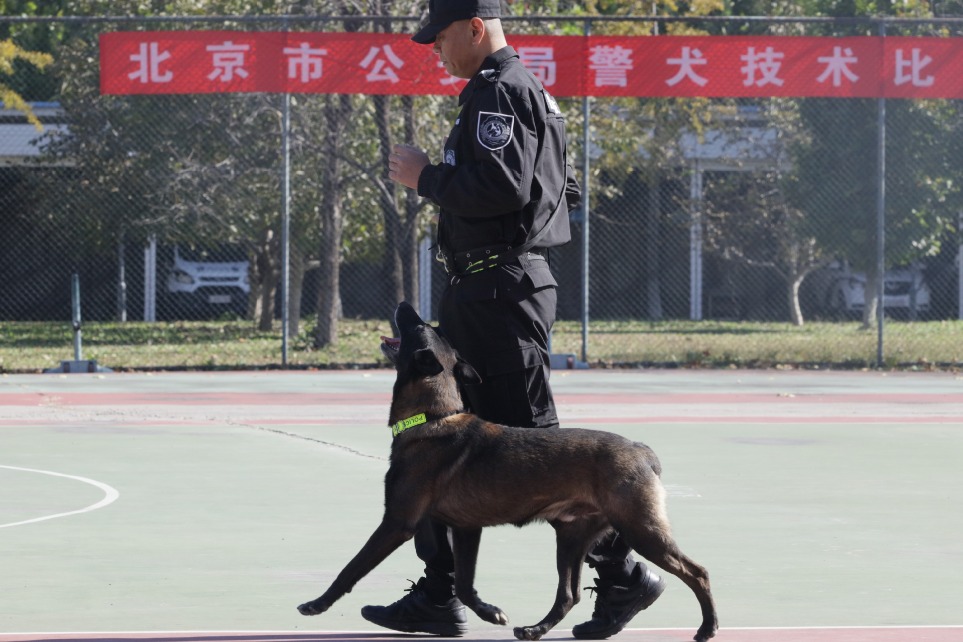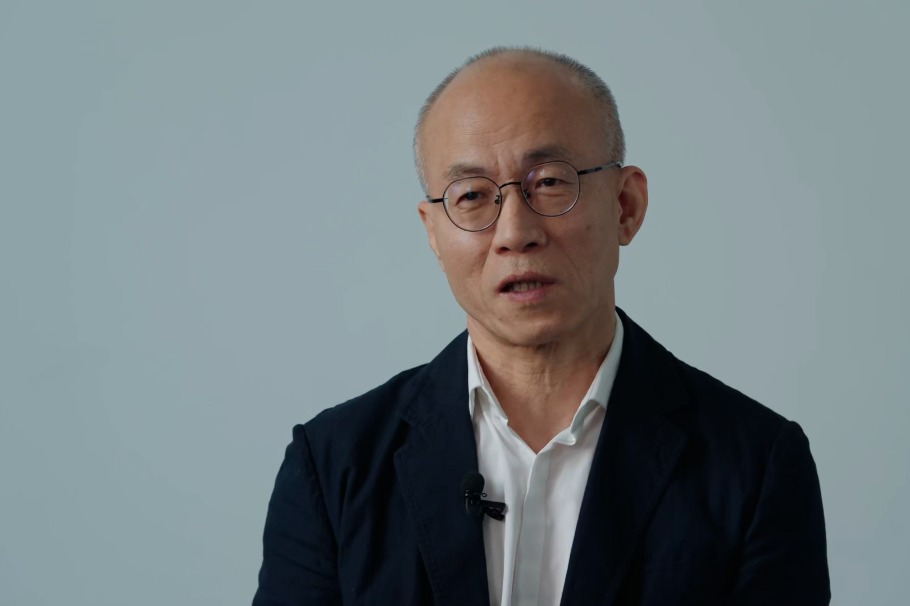Spearheading the 'Age of Big Data'





Hong Kong, Shenzhen set the trend for greater data flow in the Greater Bay Area with the exchange and integration of cross-border medical records. Chai Hua reports from Shenzhen and Wang Yuke from Hong Kong.

Data flow poses a dilemma in the development of the Guangdong-Hong Kong-Macao Greater Bay Area: While data security, privacy concerns and different systems between the nine cities of Guangdong province and the two special administrative regions require a regulated one, convenience, mutual recognition of systems on both sides and further integration within the cluster demand a free one.
When it comes to exchanging individual medical information — one of the most sensitive types of data, things become even harder. But Hong Kong and Shenzhen are swapping electronic medical records and making sure Hong Kong Hospital Authority patients can receive regular treatment in Shenzhen during the pandemic.
Due to the strict quarantine measures between Hong Kong and the Chinese mainland, the Hong Kong government launched a Support Scheme this year that allows encrypted copies of the medical records of Hong Kong Hospital Authority patients to be sent to the University of Hong Kong-Shenzhen Hospital — a comprehensive public hospital built by the Shenzhen municipal government and one of HKU's two teaching hospitals.
"This is a breakthrough in cross-border data integration," said Lo Chung-mau, chief executive of the hospital. More than 10,000 patients have used the scheme, with zero reports of their medical data having been improperly used so far.
With a patient's consent, the Electronic Health Record Sharing System or eHealth, developed by the Hong Kong government, will send an encrypted copy of the patient's medical record to HKU-SZH. To protect the privacy of patients, the hospital must ensure that only designated personnel can access the medical records when necessary.
Lo said the data exchange is partial in content and degree. For instance, the shared information currently covers only part of it, including hospitalization reports, medication history and examination reports. Detailed surgical reports and imaging data are not included. However, such an arrangement could mean wasting medical resources and putting patients at more risk in some cases, such as examinations involving radiation.
Moreover, he believes what's more important is strengthening linkage of the computer systems in Hong Kong and Shenzhen, or the "true connection", as he called it. At present, it takes three to seven days to apply for, approve and transfer a patient's medical files in encrypted form, but if an emergency operation is involved, it is impossible to get the patient's medication status in time, and this could delay treatment.
"The timely and comprehensive intercommunication of data information implies mutual recognition of examining data — an imperative step in unifying standards and medical quality in the Greater Bay Area," said Lo.
He hopes the Hong Kong and Shenzhen authorities consider cross-border data when planning related systems and regulations.
The breakthrough in the exchange of cross-border electronic medical records marks the epitome of data flow in the Greater Bay Area.
- China to launch Shenzhou XXI mission for crew shift at 11:44 pm Friday
- Taiwan businesspeople urge greater partnership at trade fair in Tianjin
- Nation improves standards amid job stability
- Court urges strong support for elderly
- China and Africa strengthen legal ties
- Amended law to boost maritime sector

































